Thomas Locke Hobbs studied at the Talleres de Estética Fotográfica in Buenos Aires, Argentina between 2009 and 2011. In 2015 he received an MFA from Arizona State University. His work deals with the intersections of place, identity, landscape and economics. Deeply engaged with the history of photography, his work attempts to form a contemporary response to the built environment, one that incorporates critique but also transcends it, while searching for a lyrical response to the everyday. He has exhibited work in Cuzco, Buenos Aires, Lima, London and Phoenix.



Maravilla del Mundo
Iquitos, Peru is a city of half a million people located on the Amazon river. There are no highways connecting it with the rest of Peru and it is only accessible by boat or plane. The city a kind of island with a culture that stands apart from the rest of the nation. Surrounded on three sides by water, the city itself mostly lacks parks and vegetation, in contrast to the dense jungle just beyond.
The photographs in this series were taken between 2011 and 2016 and depict young gay men and their environs in the city, shot primarily with an 8×10 inch view camera. The LGBT community in Iquitos is highly visible but also subject to homophobia, transphobia, and violence. There is a manifest desire to transcend place and reality via imported and exotic fantasies which takes place against the backdrop of a city in many ways mundane.
In 2012, after my second visit to the city, there was an international, online campaign to select the new seven wonders of the world. The municipal government of Iquitos, possibly as a way to deflect attention away from corruption and bad government, put great effort into promoting this campaign. When the Amazon River was announced as one of the winners the people of the city expressed great pride and a plaque was installed in a plaza overlooking the river.
I was struck by the contrast between the imagined ideal of a “wonder of the world” (maravilla del mundo, in Spanish) and the reality of the city; poor, urban and densely populated—a far cry from the typically imagined picture of the exotic, edenic rainforest that is used to promote tourism and generate a sense of local pride. I do believe there is wonder in this place but it is not the image that one expects to see or that is promoted officially.

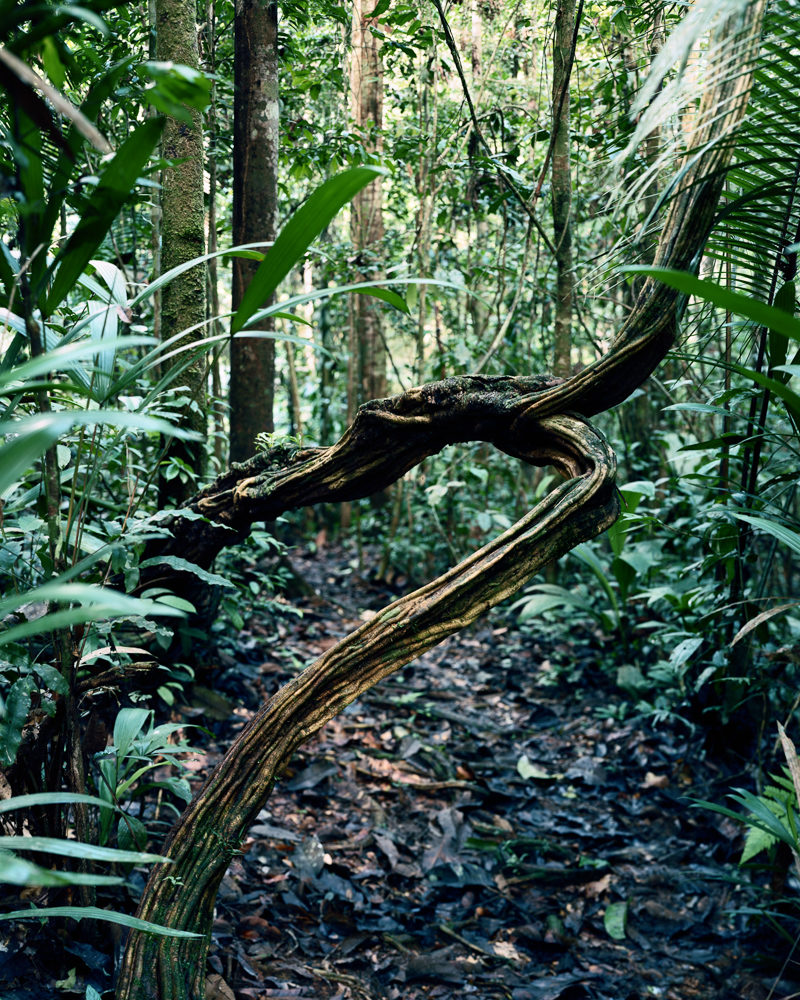

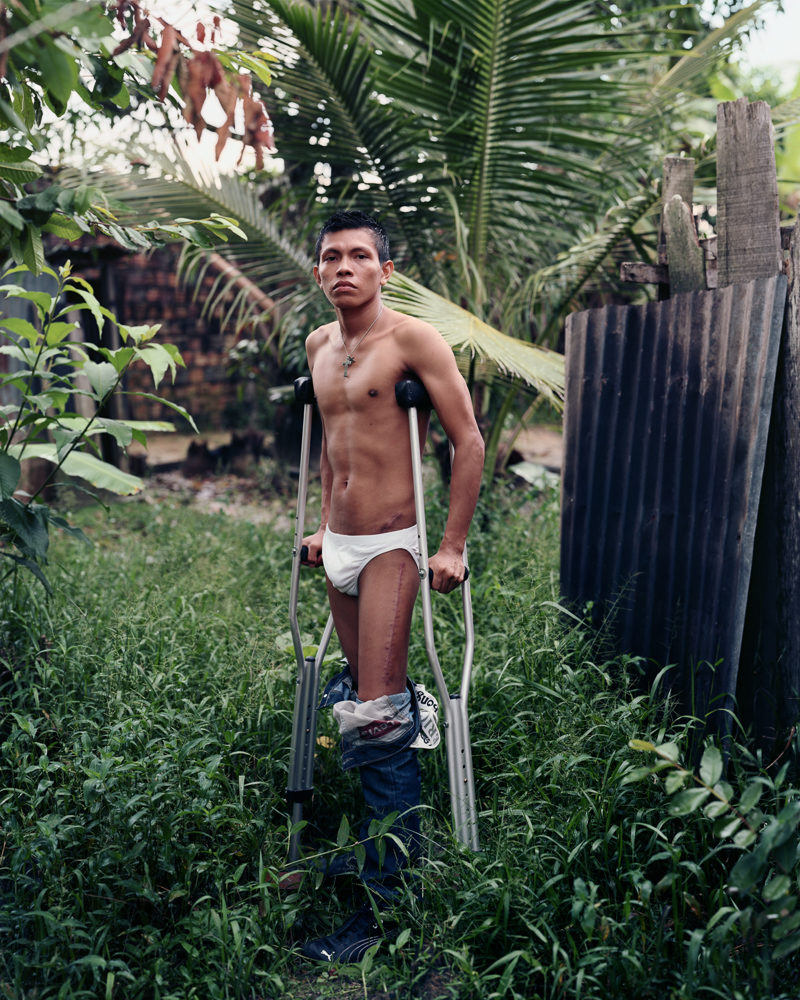
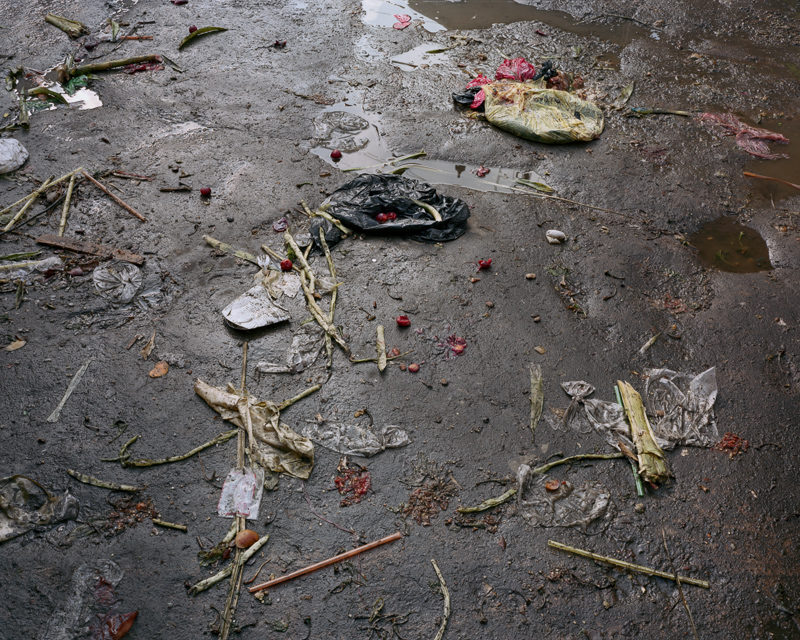

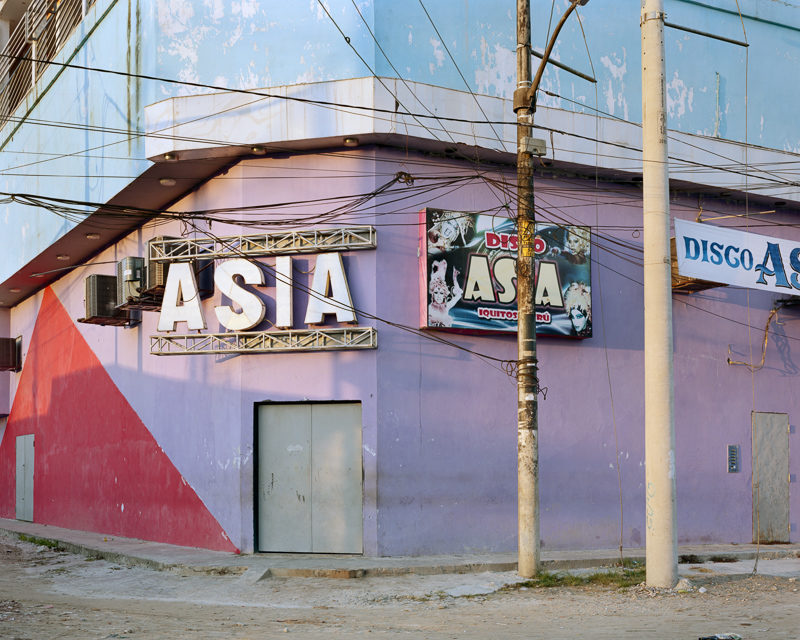

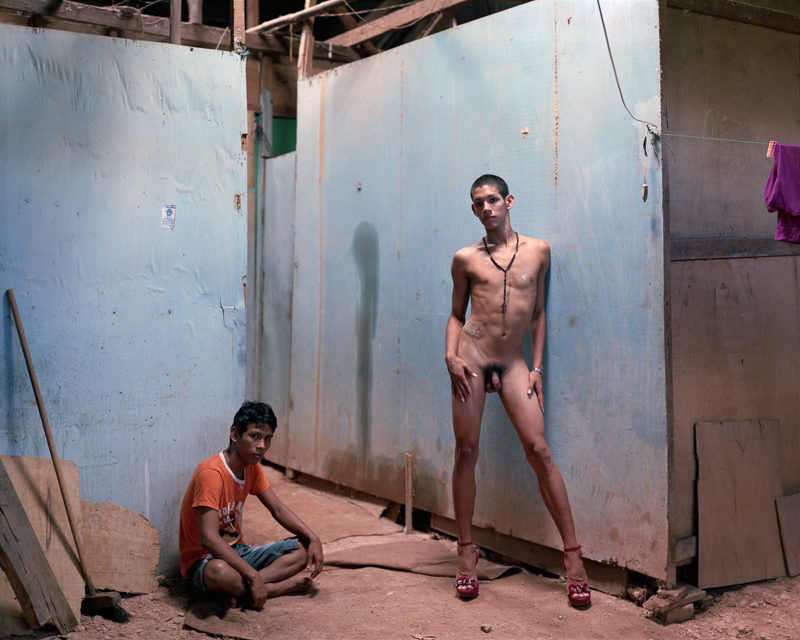

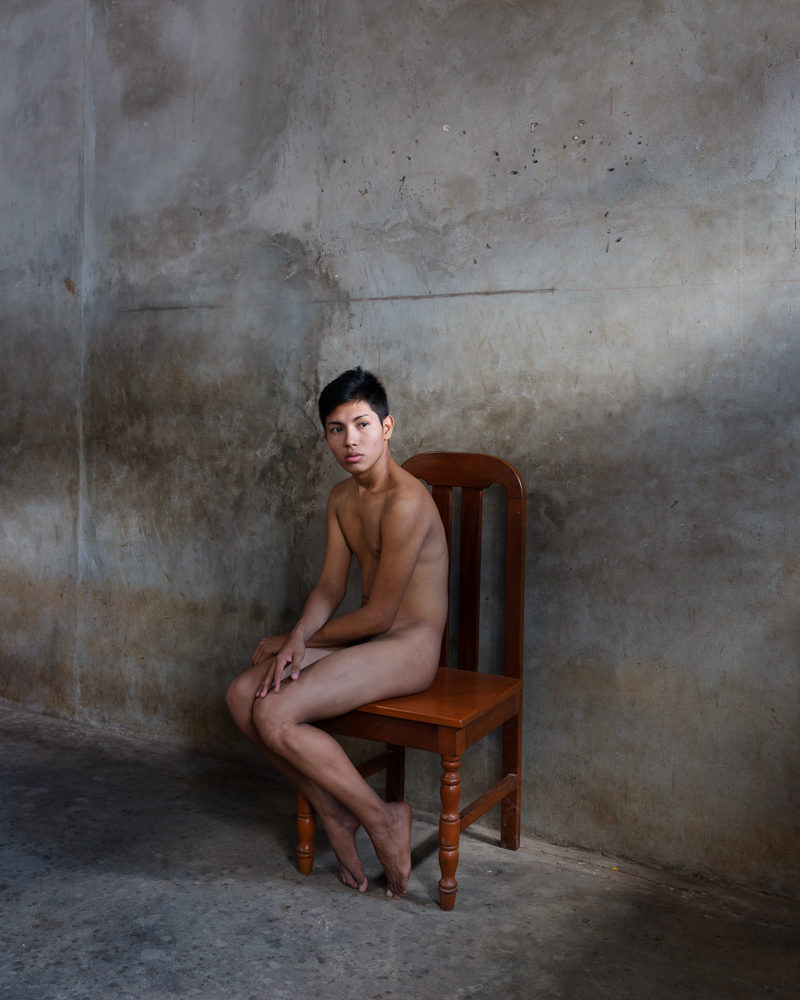
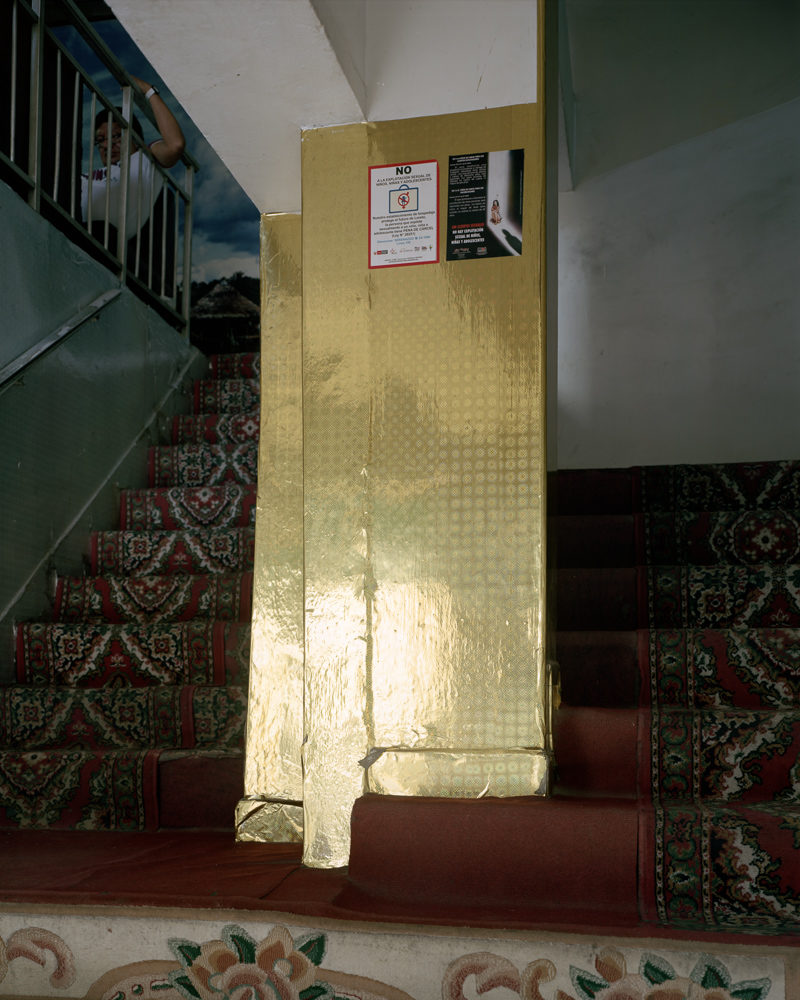
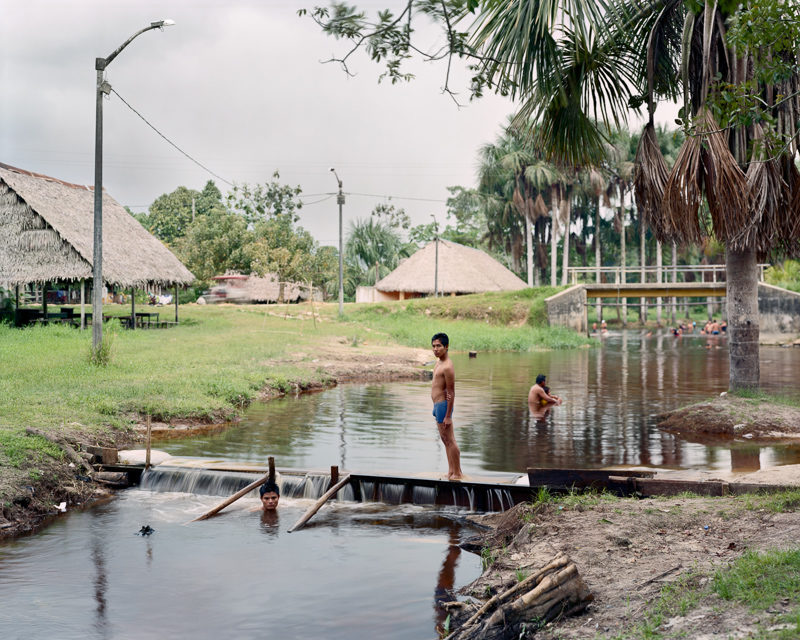
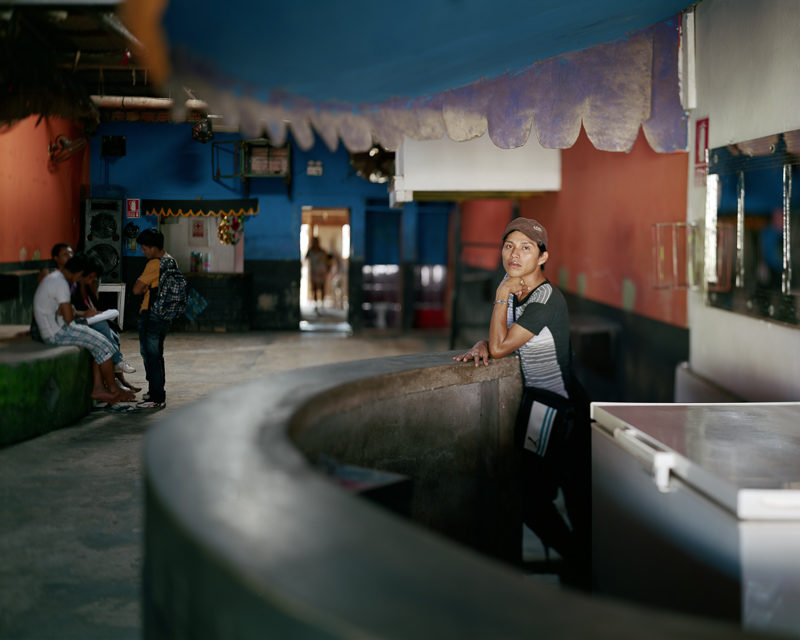



To view more of Thomas Hobbs’ work please visit his website.